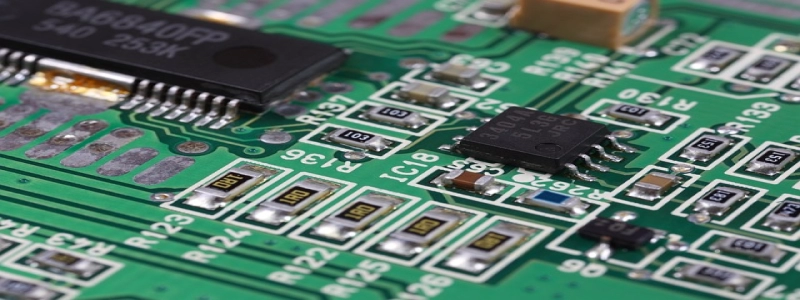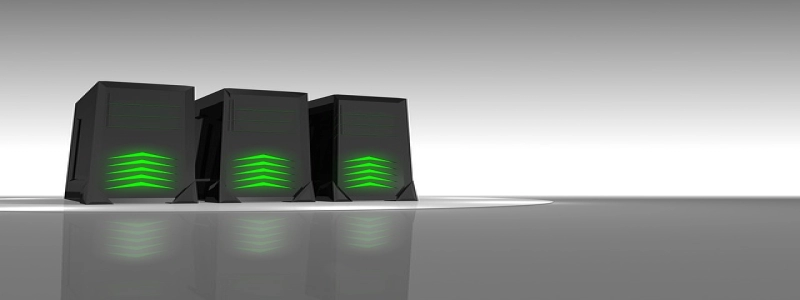Underground Fiber Optic Cable Installation
1. Introduction
1.1 Purpose of the Document
This document aims to provide a detailed guide for the underground installation of fiber optic cables. It includes step-by-step instructions, safety guidelines, and recommended equipment for a successful installation.
2. Equipment Needed
2.1 Cable
Select the appropriate fiber optic cable based on the requirements of the installation. Consider factors such as cable type, number of fibers, and the environment.
2.2 Conduit
Ensure that an adequate conduit system is in place for the cable installation. The conduit should be suitable for underground installations and have enough space to accommodate the fiber optic cable.
2.3 Duct Pulling Equipment
Depending on the length and complexity of the installation, you may need equipment such as winches, duct pullers, and cable blowers to assist in pulling the cable through the conduit.
3. Safety Guidelines
3.1 Protective Gear
Wear proper personal protective equipment, including gloves, safety glasses, and work boots. This will help prevent injuries during cable installation.
3.2 Cable Handling
Handle the fiber optic cable with care to avoid damage. Avoid bending the cable beyond its recommended minimum bend radius, and do not exceed its maximum tensile strength.
3.3 Excavation Safety
Follow all local regulations and guidelines when digging trenches for underground cable installation. Prioritize safety when using excavation equipment and be aware of any underground utilities.
4. Installation Process
4.1 Trenching
Excavate a trench along the desired route for the fiber optic cable. Ensure the trench is deep enough to accommodate the conduit system and prevent damage to the cable.
4.2 Conduit Installation
Install the conduit system inside the trench. Connect straight sections using appropriate connectors or fittings. Use adhesive or similar bonding agents to secure the fittings.
4.3 Cable Pulling
Attach the fiber optic cable to the pulling equipment and carefully feed it through the conduit. Ensure that the cable is not subjected to excessive tension or sharp bends during the pulling process.
4.4 Splicing and Termination
After the cable is pulled through the conduit, splice and terminate the fibers as necessary. Use fusion splicing or mechanical connectors to connect the fibers, and properly seal the connections to protect them from moisture and other environmental factors.
5. Testing and Verification
5.1 Optical Loss Testing
Perform optical loss testing using an appropriate optical power meter and source. This will help ensure that the fiber optic cable is functioning properly and that the signal losses are within acceptable limits.
5.2 Cable Identification and Documentation
Label the fiber optic cable and document its route, connections, and any other relevant information. This will aid in future maintenance and troubleshooting efforts.
6. Conclusion
The installation of underground fiber optic cables requires careful planning, adherence to safety guidelines, and proper equipment. By following the steps outlined in this document, you can ensure a successful installation that provides reliable and high-speed data transmission. Always consult industry standards and best practices for specific installation requirements.








